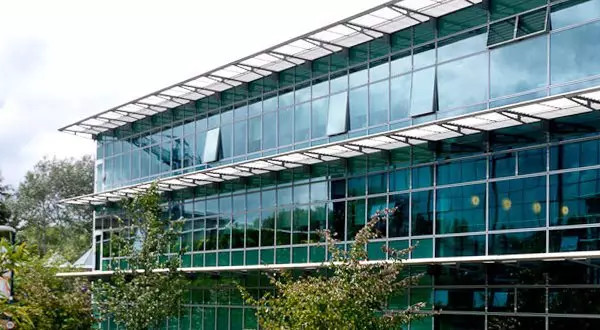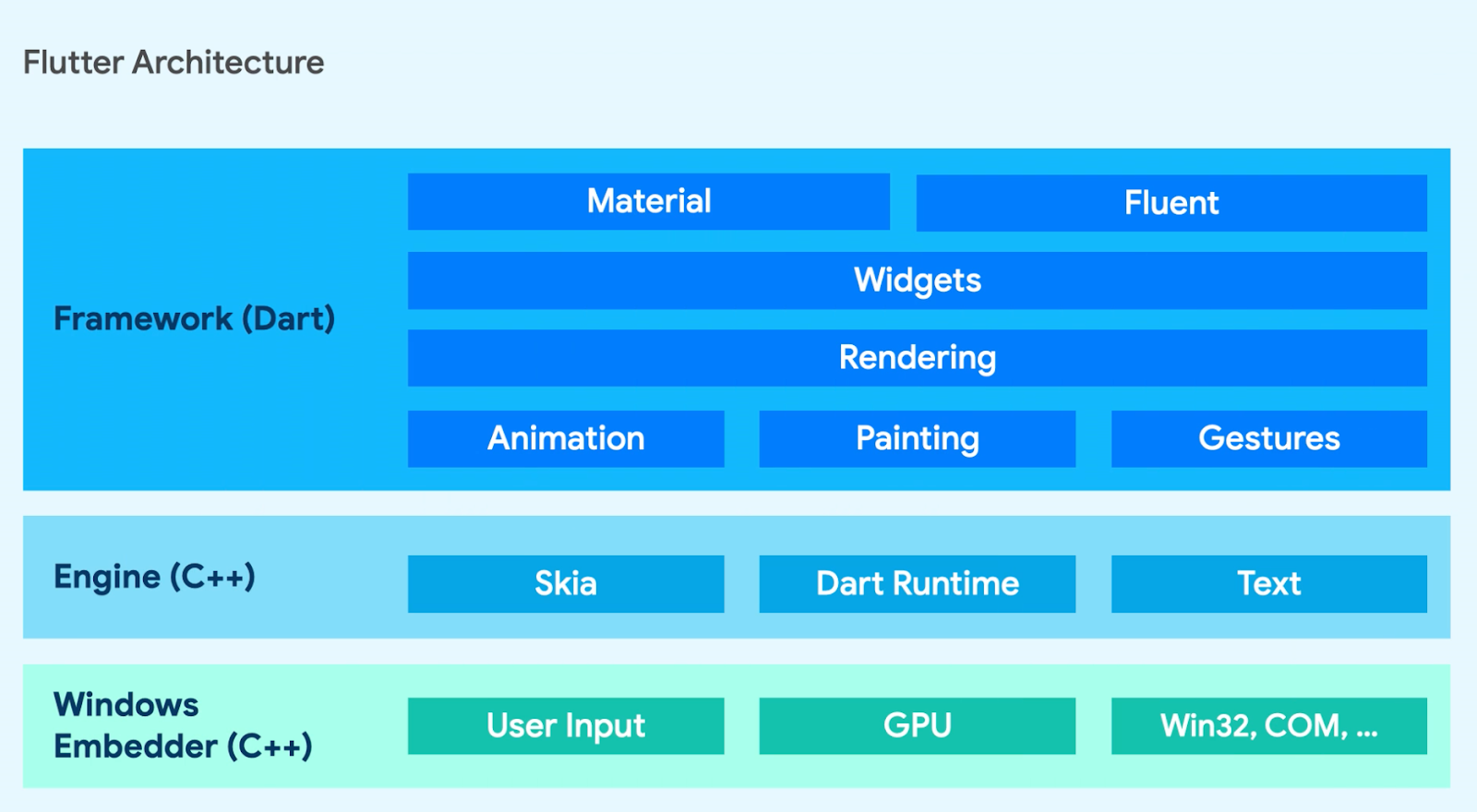
Building one involves transferring aligned carbon nanotube arrays from a silicon wafer to a PDMS (polydimethylsiloxane) matrix in which they are partly embedded for robustness.
This is then electro-coated with polyaniline to improve energy storage in the pseudocapacitance. The structure offers “outstanding energy storage properties with exceptional mechanical integrity”, said Surrey. “The team’s supercapacitor retains most of its capacitance after numerous cycles at different bending conditions.”
The maximum capacitance achieved was 408mF/cm2 or 265F/g at 1mA/cm2, and energy storage was up to 20μWh/cm2 or 25.5Wh/kg at 100μW/cm2 (126.6W/kg).
Retention was 76% after 5,000, or 80% of electrochemical properties whilst bent.
The figures above are taken from a paper which describes the research: ‘An easy to assemble PDMS/CNTs/PANI flexible supercapacitor with high energy-to-power density‘, published in Nanoscale.
The University of Surrey’s Advanced Technology Institute (pictured) worked with the Federal University of Pelotas in Brazil. The materials were grown and characterisation in Surrey, while electrochemical measurements were carried out at UFPel.







